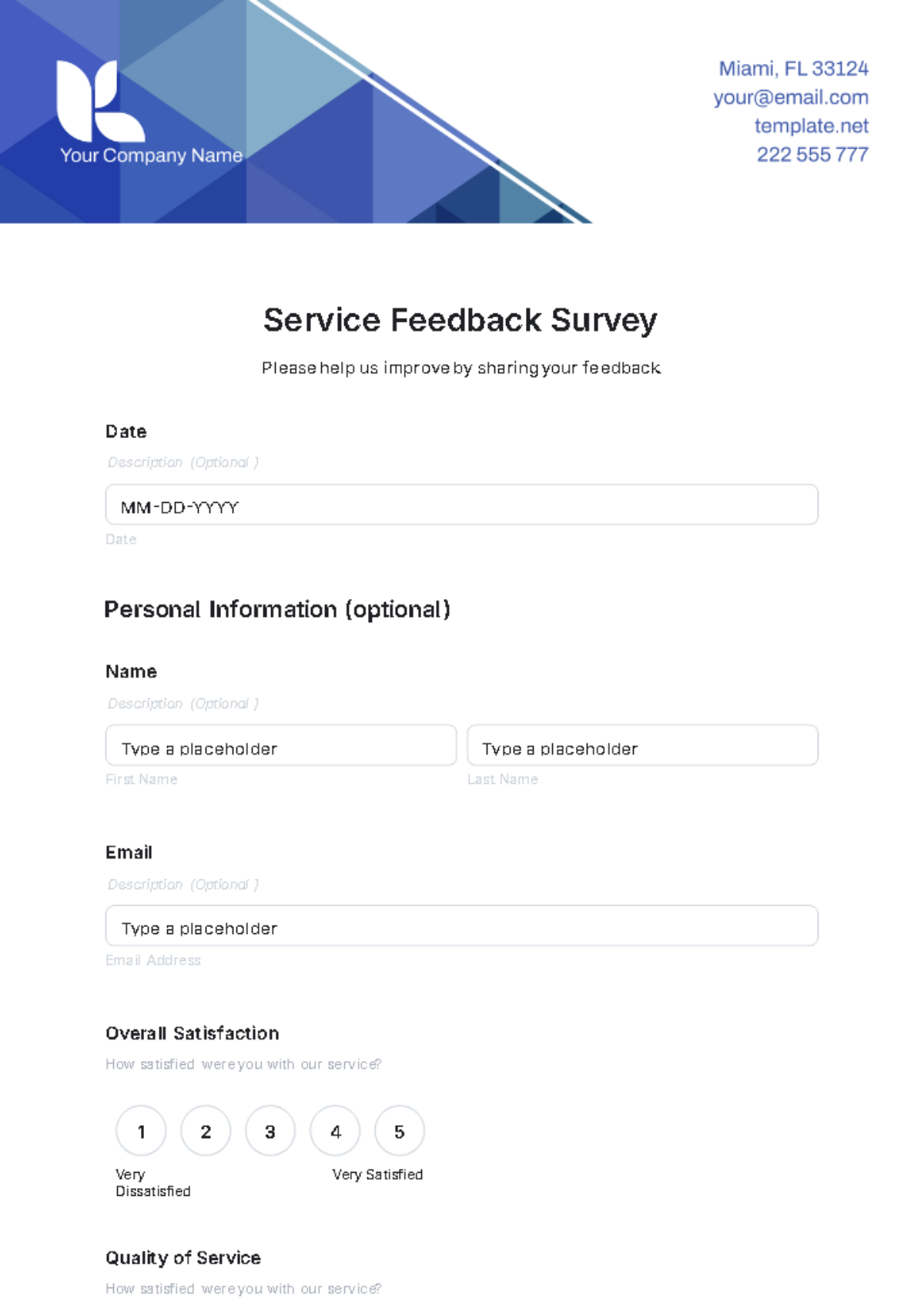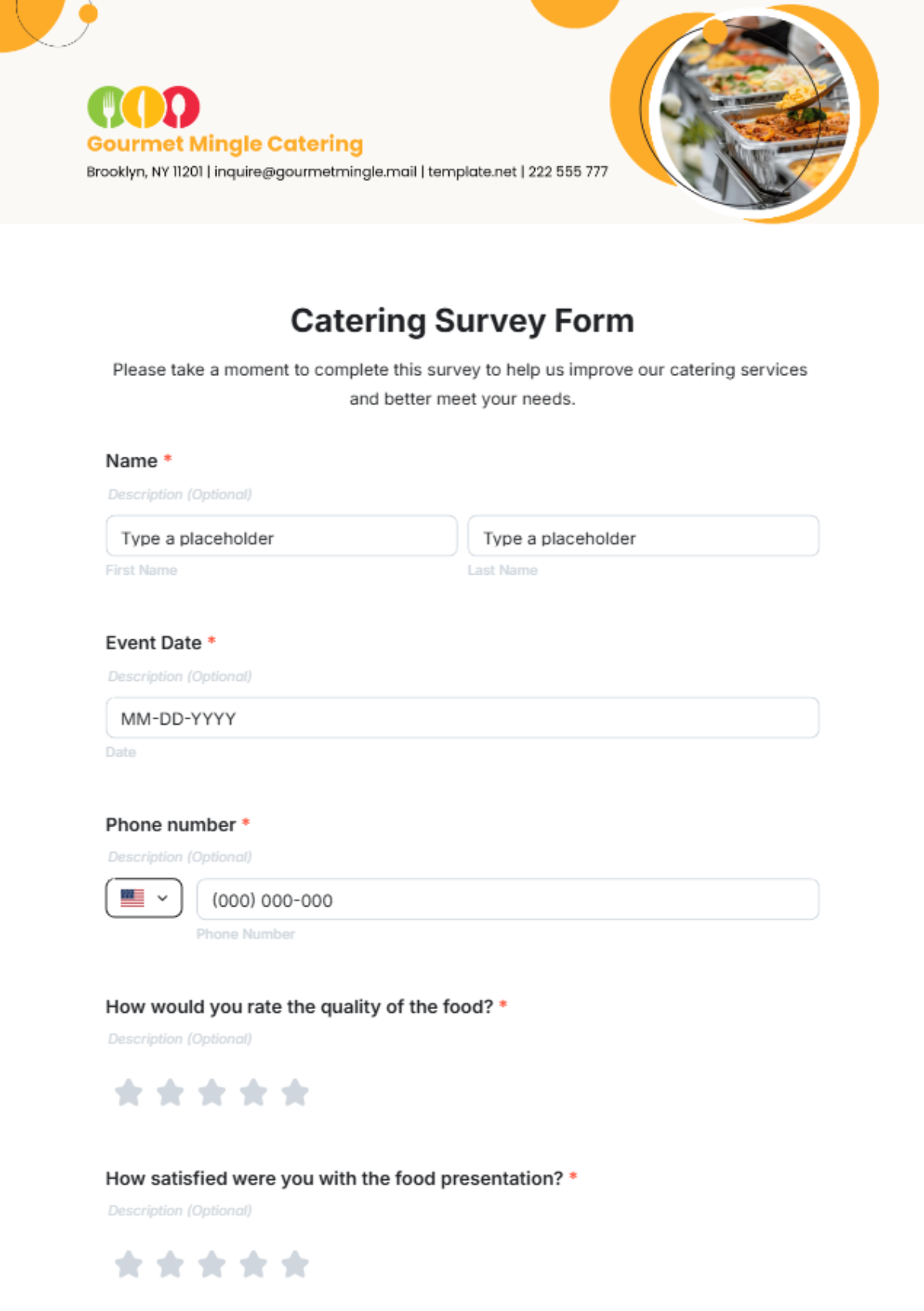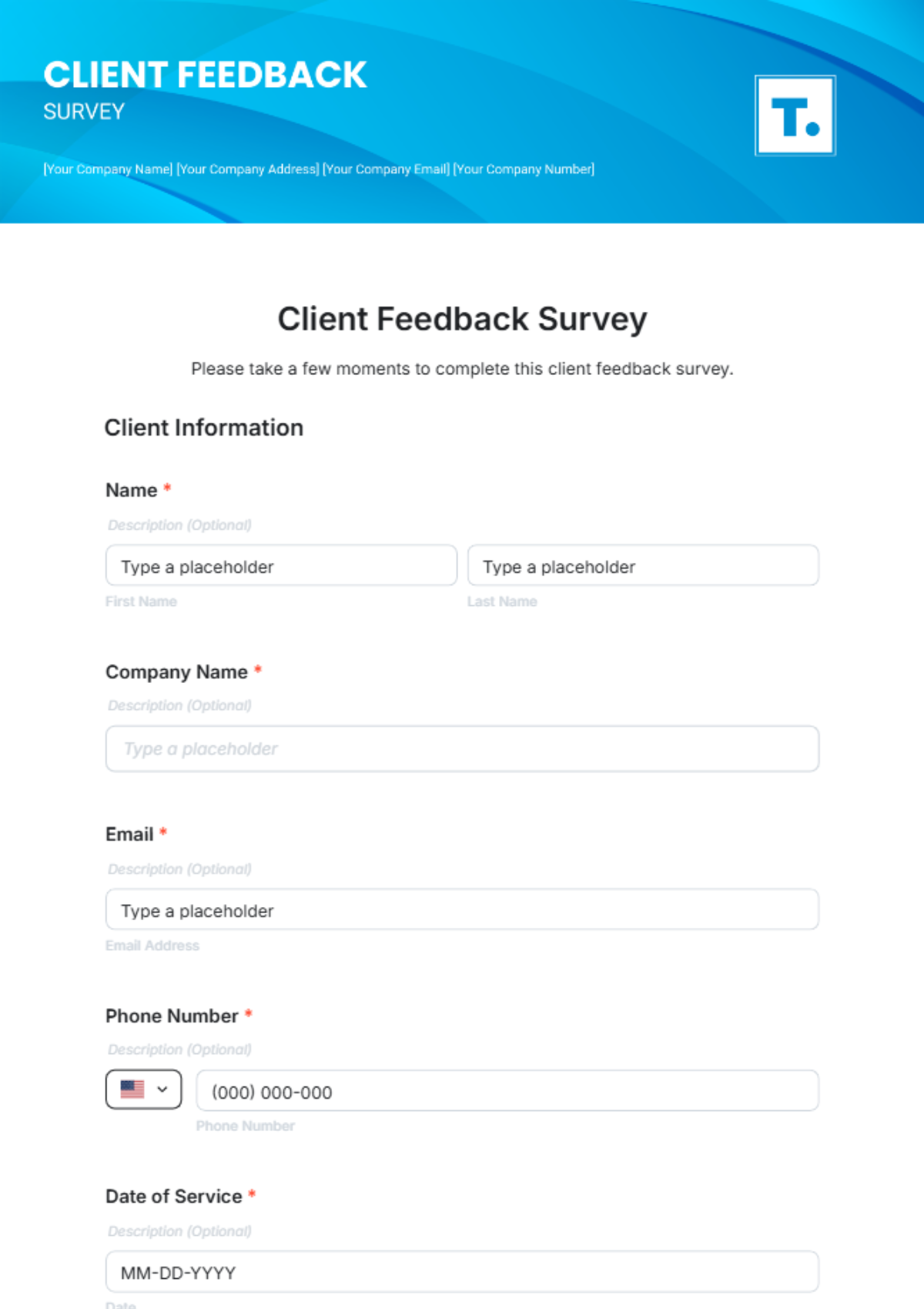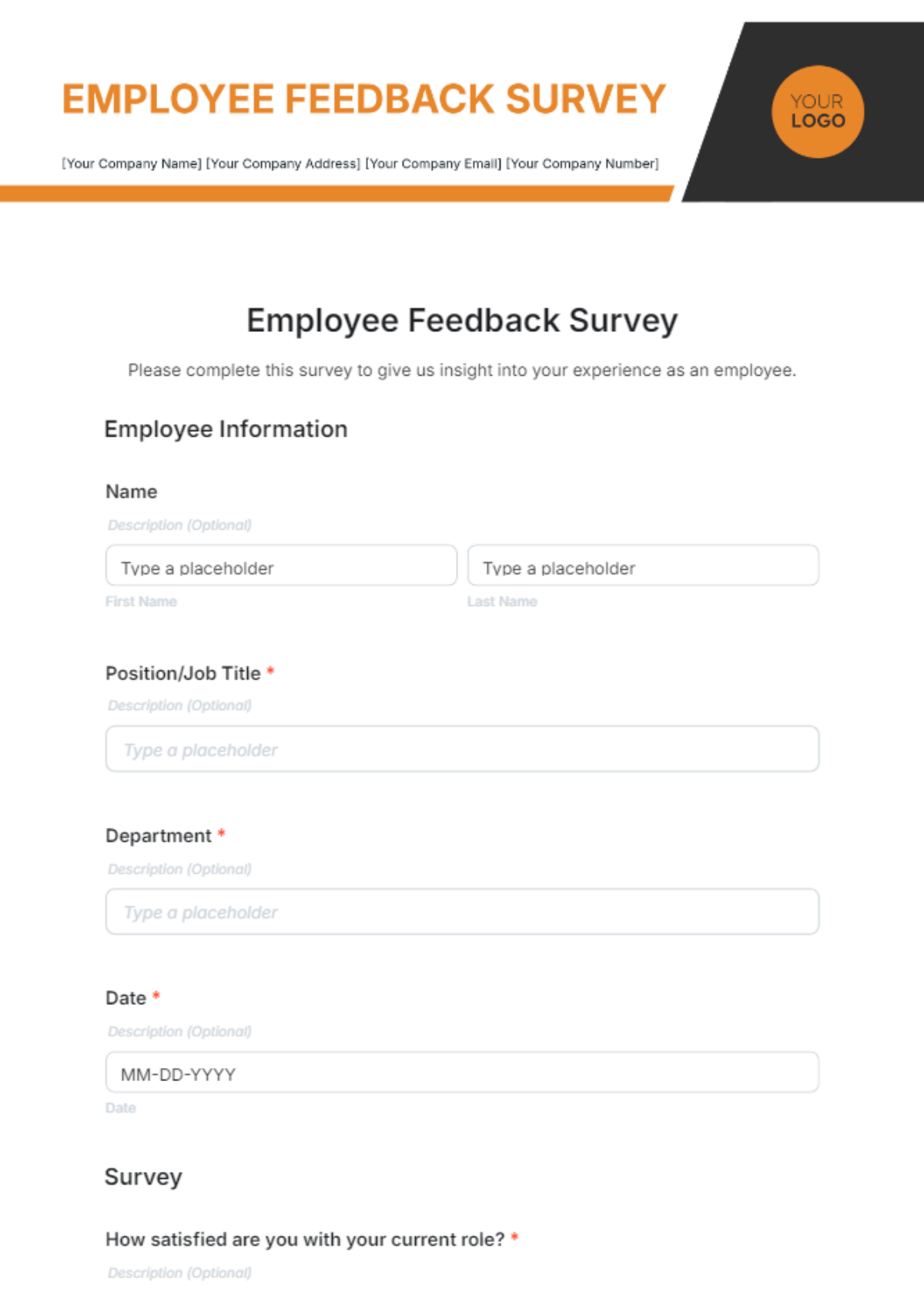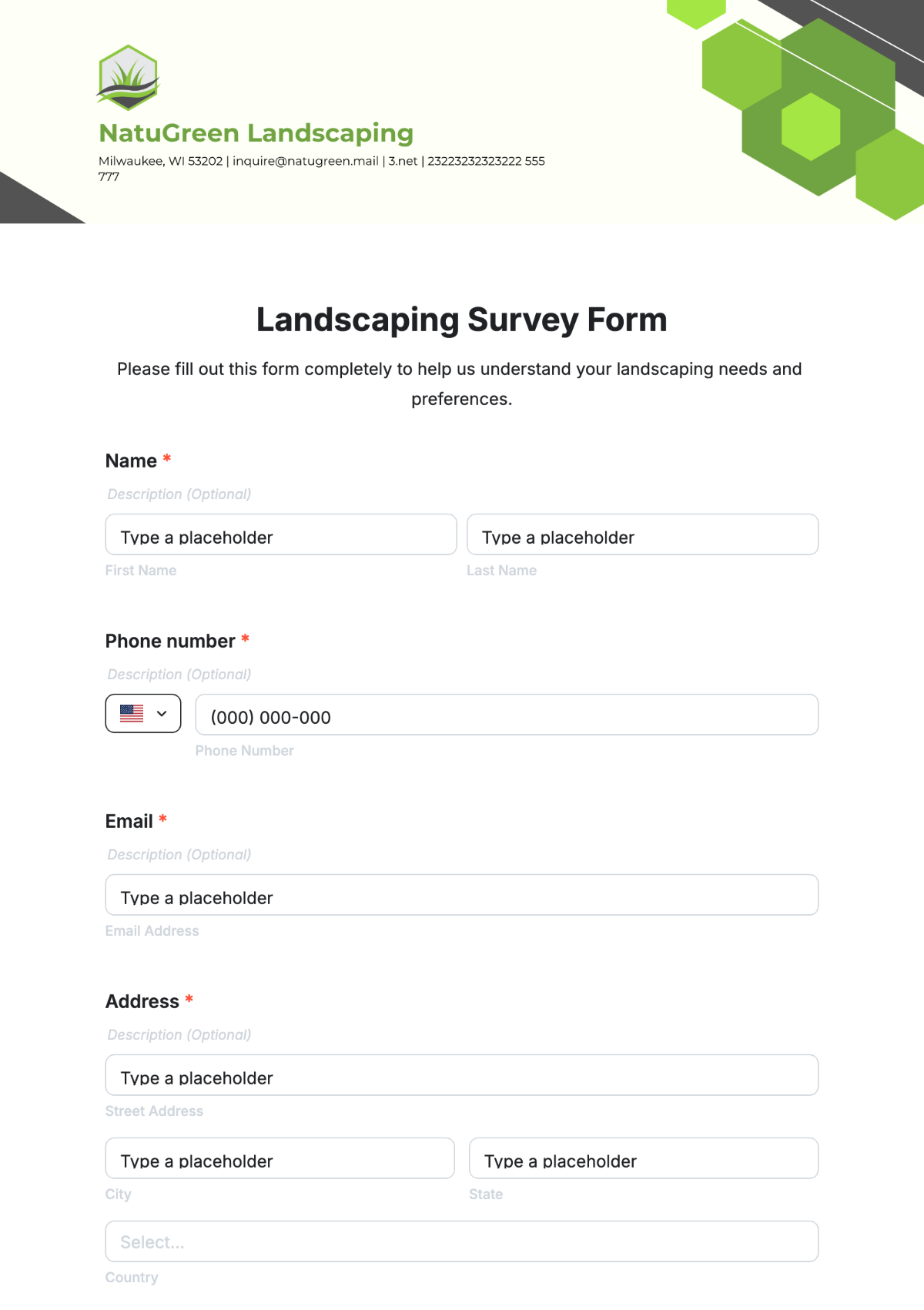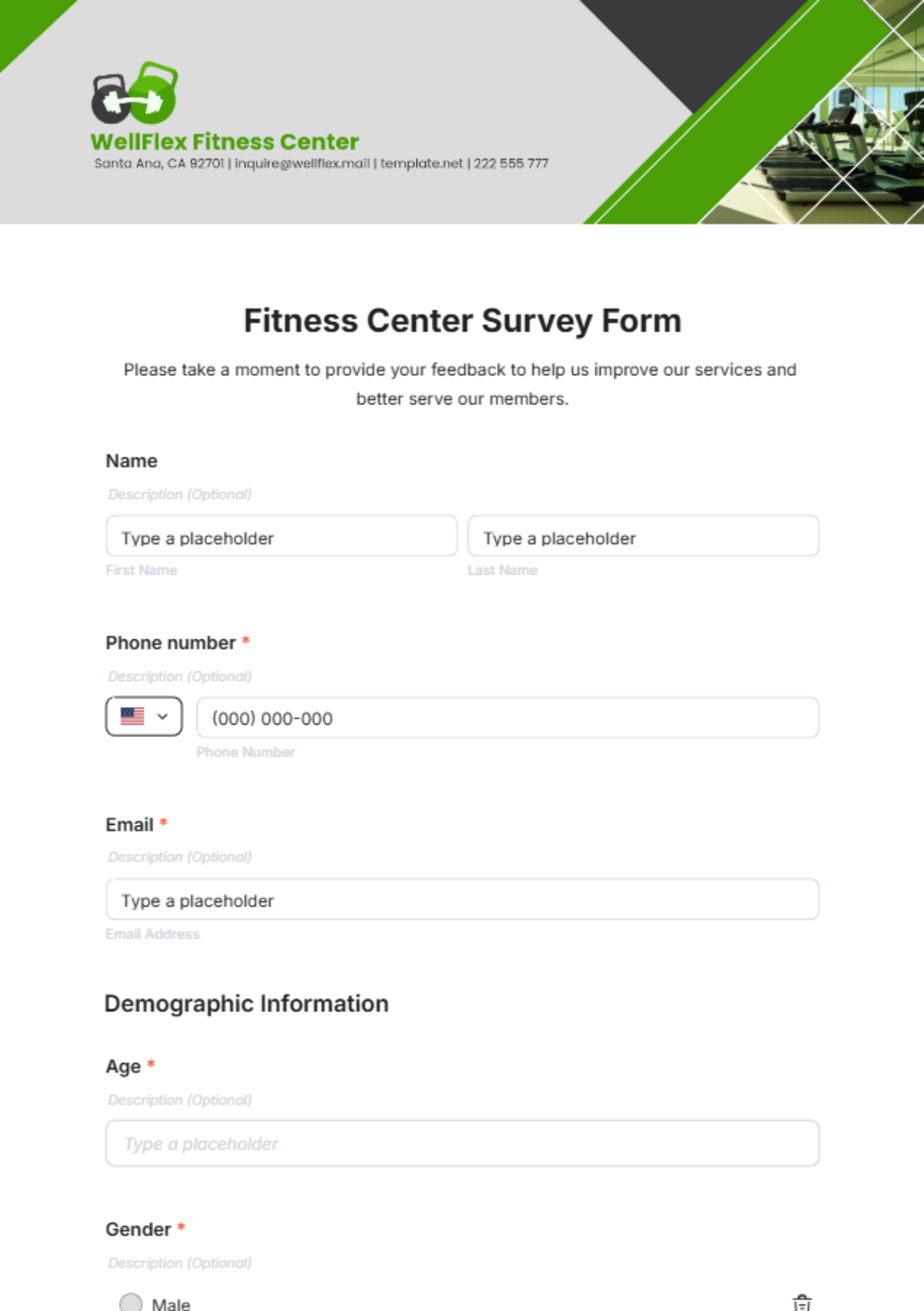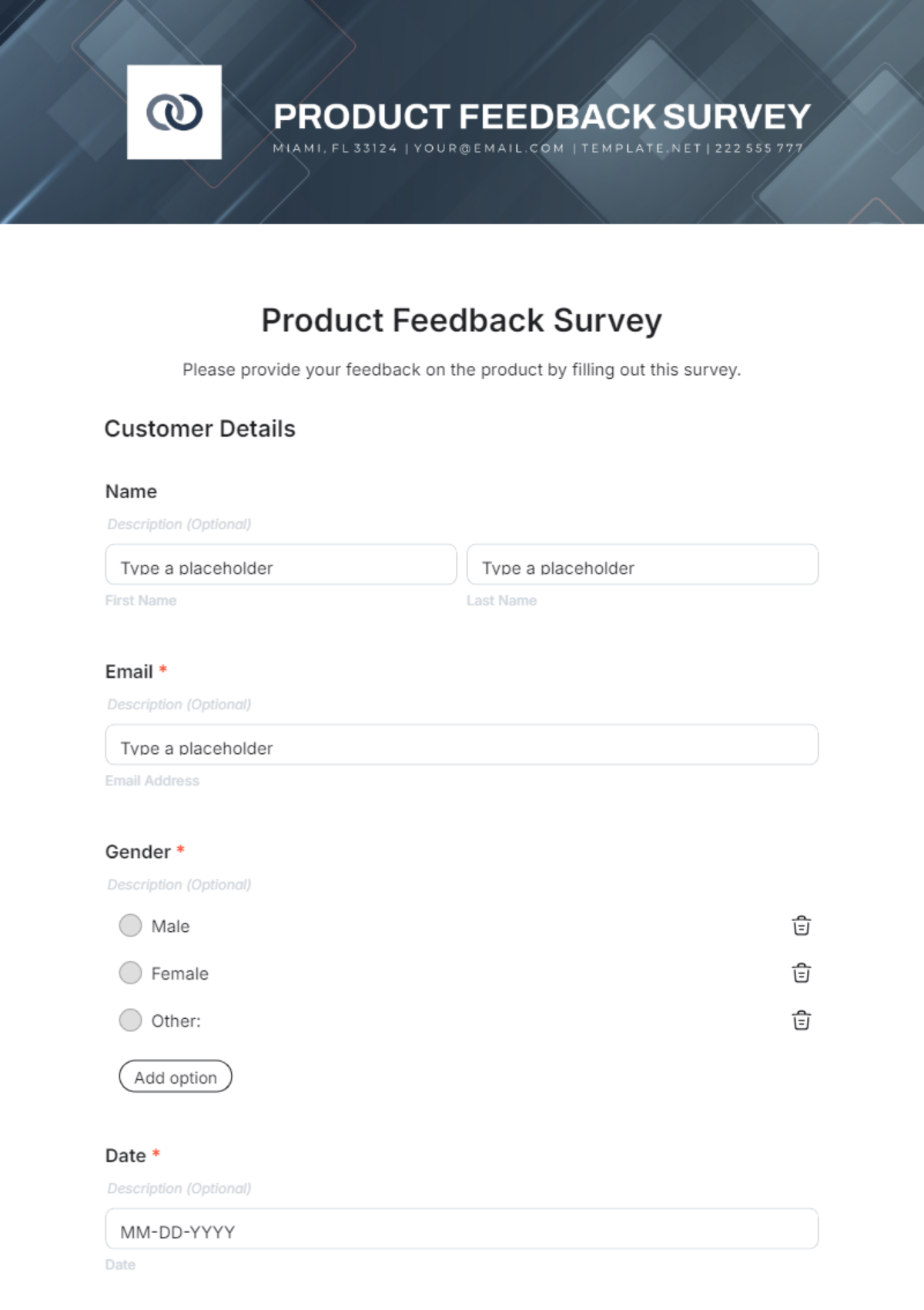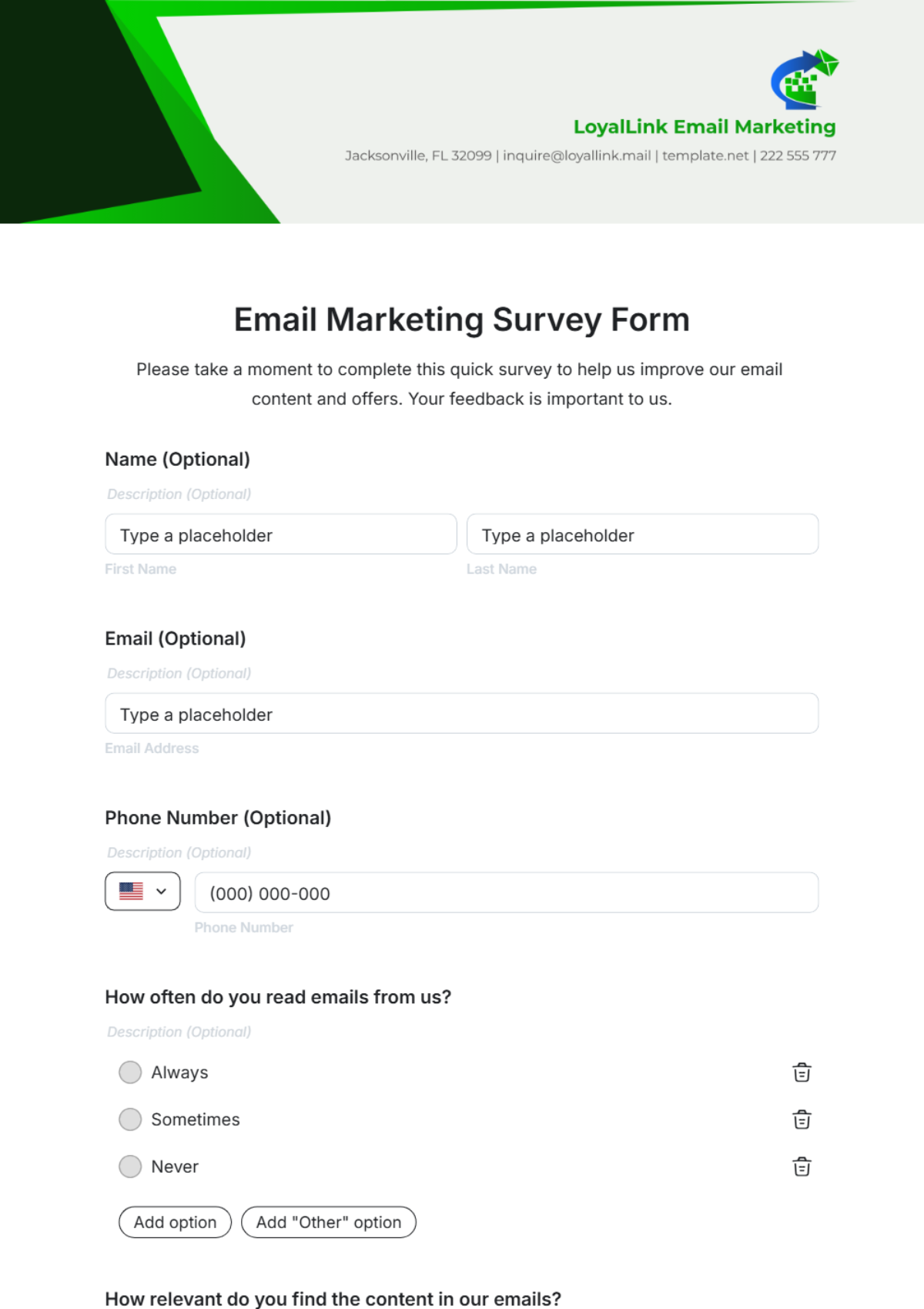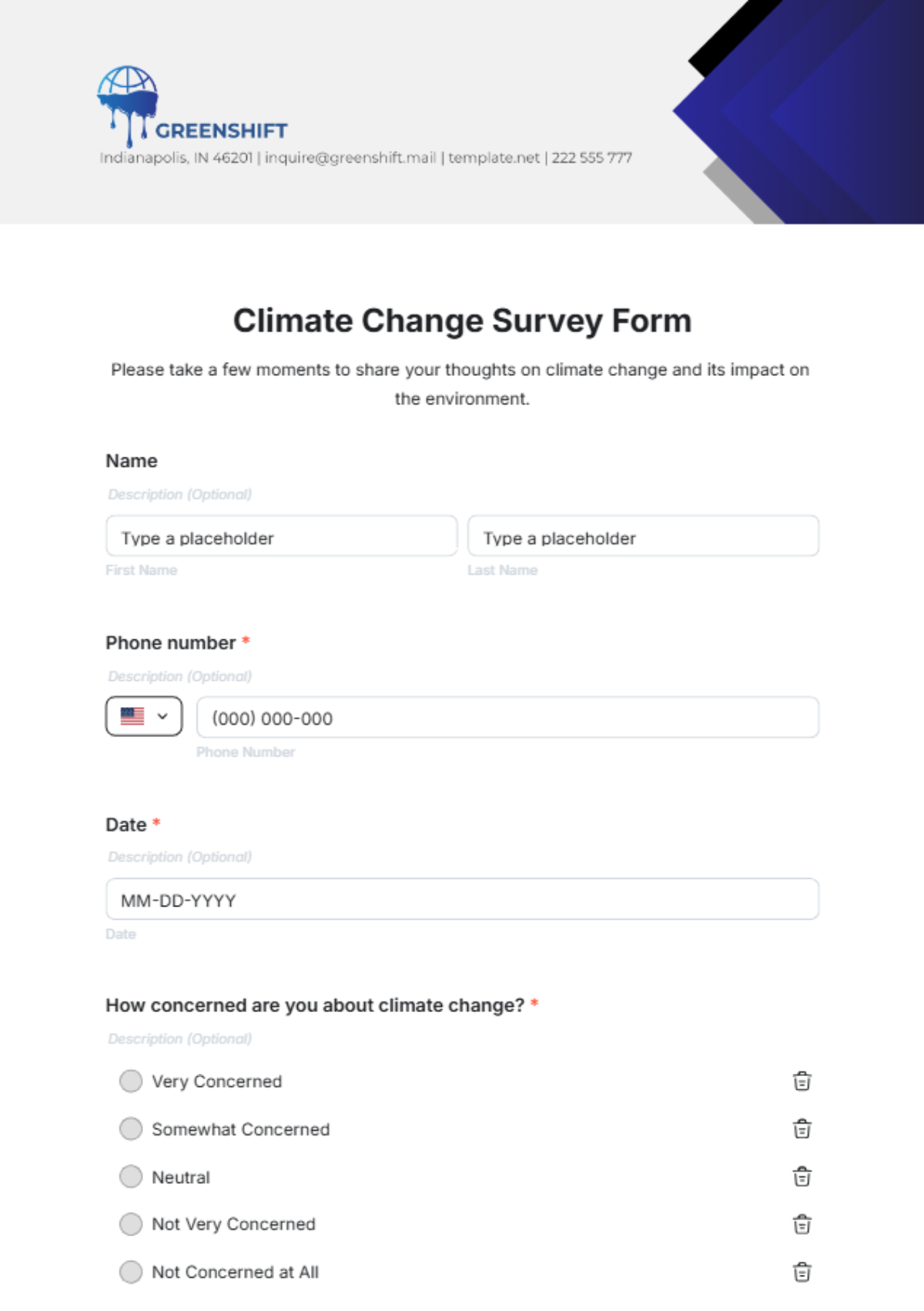Survey Analysis Report
Introduction
This report presents a comprehensive analysis of a recent survey conducted to understand consumer preferences and behaviors. The objective of this survey was to gather insights into various aspects such as demographics, purchasing patterns, and satisfaction levels. This document details the methodology, findings, and interpretations of the collected data.
Methodology
The survey was conducted over a period of four weeks, targeting a diverse group of participants to ensure a representative sample. A total of 1,000 respondents participated in the survey, which was distributed both online and in person. The survey comprised multiple-choice questions, Likert scale ratings, and open-ended questions.
Data Collection
The data collection process was designed to gather qualitative and quantitative data. Online surveys were distributed via email and social media, while in-person surveys were carried out in various public locations including malls and community centers.
Sample Demographics
The sample consisted of participants aged 18 to 65, with a gender distribution of 52% female and 48% male. The respondents were from various socio-economic backgrounds to ensure comprehensive coverage of consumer perspectives.
Findings
Demographics
Age Group | Percentage |
|---|---|
18-24 | 20% |
25-34 | 30% |
35-44 | 25% |
45-54 | 15% |
55-65 | 10% |
Purchasing Patterns
Respondents were asked about their purchasing habits over the past year. The following trends were observed:
40% of respondents have shifted to online shopping more frequently.
30% of participants prefer buying from local stores to support the community.
25% reported an increase in spending on eco-friendly products.
15% noted a decrease in luxury goods purchases.
Satisfaction Levels
The survey assessed customer satisfaction across several dimensions, including product quality, customer service, and value for money.
Dimension | Very Satisfied | Satisfied | Neutral | Dissatisfied | Very Dissatisfied |
|---|---|---|---|---|---|
Product Quality | 25% | 50% | 15% | 7% | 3% |
Customer Service | 30% | 45% | 10% | 10% | 5% |
Value for Money | 20% | 55% | 15% | 5% | 5% |
Trends and Insights
Analysis of the survey data reveals several key trends and insights:
There is a notable shift towards online shopping, driven by convenience and broader product availability.
Consumers are becoming increasingly conscious of sustainable and eco-friendly products.
While product quality and customer service remain important, value for money is a primary concern for most consumers.
Young adults (18-34) are leading the trend in online shopping, while older age groups show preference for in-person purchases.
Conclusion
The survey results provide valuable insights into current consumer behavior. Understanding these trends can help businesses tailor their products and services to better meet customer expectations, improve satisfaction, and ultimately drive growth.
Moving forward, companies should consider enhancing their online presence and expanding their range of eco-friendly products to align with the evolving preferences of consumers. Additionally, maintaining high standards of customer service will be crucial in establishing long-term customer loyalty.
Recommendations
Invest in technological infrastructure to support increased online transactions.
Prioritize product quality and sustainability in the supply chain.
Implement customer feedback mechanisms to continuously improve service delivery.
Develop targeted marketing strategies to capture the attention of younger consumers.
By addressing these areas, businesses can position themselves strategically in a competitive market and better serve their customer base.

